
Speed isn’t just a convenience factor; it’s a critical component of Technical SEO. A swift-loading site not only pleases visitors but also ranks better in search engine results. Google’s algorithm favours fast-loading sites, knowing users prefer them. In our increasingly impatient digital marketing world, even a few seconds of delay can lead to lost visitors and decreased conversions.
Therefore, optimising your site’s speed isn’t just a technical task; it’s an essential step towards SEO success and user satisfaction. It involves various aspects, from server response times to optimising images and scripts. A fast website enhances user experience, improves search engine rankings, and contributes significantly to the overall health of your digital presence.
In today’s mobile-first world, a website optimised for mobile devices is essential for effective SEO. Mobile-friendly sites ensure a better user experience for a significant portion of internet users, which directly impacts your site’s search engine ranking. With the majority of web traffic coming from mobile devices, it’s critical to design websites that work seamlessly across all platforms.
Google’s mobile-first indexing means that the mobile version of your website is the starting point for what Google includes in their index. This shift underscores the importance of mobile responsiveness in your SEO strategy. It’s not just about scaling down your site for smaller screens but also about ensuring functionality and ease of navigation on mobile devices.
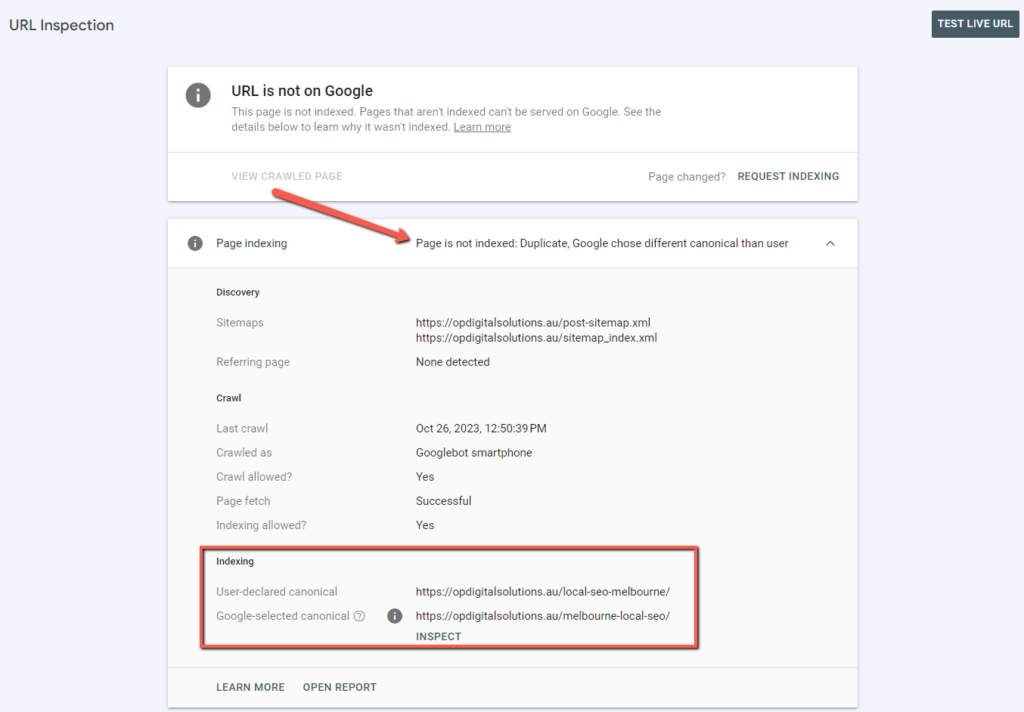
Structured data, such as schema markup, is a powerful tool in Technical SEO. It plays a vital role in helping search engines understand and categorise your site content. Implementing structured data enhances your site’s visibility and can even lead to your content appearing in rich snippets, which are highly coveted in search results. These snippets can include additional information like ratings, images, and other relevant details, making your site stand out and potentially increasing click-through rates.
Beyond just improving appearances, structured data also communicates the context of your content to search engines more effectively, aiding in more accurate indexing and better search relevance. Overall, structured data is an indispensable element for modern SEO strategies.

Securing your site with HTTPS is no longer just about safety; it’s a fundamental aspect of SEO. Website security, particularly through the use of HTTPS, not only protects your users’ data but also signals to search engines that your site is trustworthy. Google has confirmed HTTPS as a ranking signal, so implementing it can provide a boost to your site’s ranking.
But it’s not just about appeasing search engines; HTTPS builds trust with your visitors. This is crucial in an era where data breaches and privacy concerns are at the forefront of users’ minds. Transitioning from HTTP to HTTPS involves obtaining an SSL certificate and ensuring that all elements of your website are served over a secure connection.
Effective website architecture is paramount in Technical SEO. It significantly impacts how search engines crawl and index your content. A well-structured website ensures that search engine crawlers can easily navigate and understand your site, which is vital for good SEO. This involves creating a logical hierarchy of pages, using clear navigation, and ensuring that important content isn’t buried deep within your site.
Efficient crawling by search engines means that all your important content gets indexed, which is essential for good visibility in search results. Moreover, an intuitive site structure isn’t just beneficial for search engines; it also enhances the user experience, making it easier for visitors to find the information they need quickly and efficiently.
The heart of SEO lies in content. It’s not just about producing vast amounts of material; it’s about optimising your content to make it both user-friendly and search engine-friendly. This includes utilising relevant keywords, creating high-quality content, and ensuring readability and engagement. Effective content optimisation involves understanding what your audience is searching for and how search engines rank content. It’s a blend of art and science, requiring a balance between creativity and technical know-how.
By focusing on creating valuable, relevant, and consistent content, you not only attract and retain a clearly defined audience but also drive profitable customer action. In the end, content optimisation is about making your content work for both your audience and search engines.
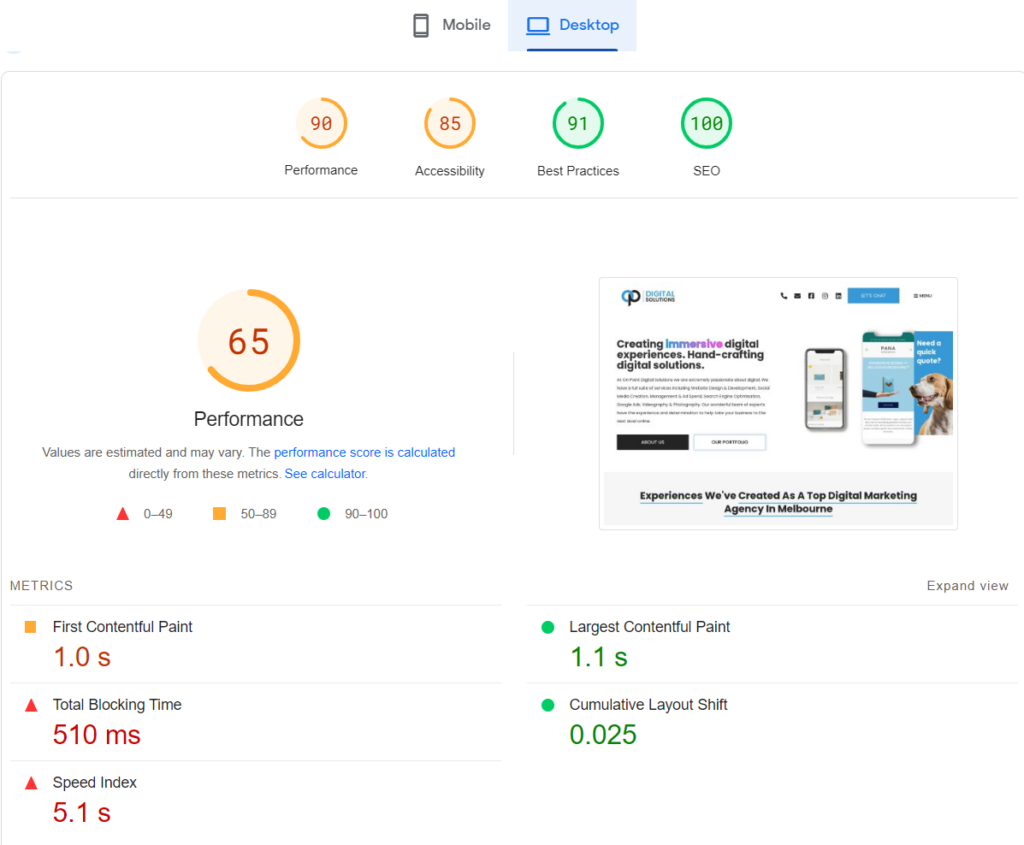
XML sitemaps is essential for ensuring that search engines can find and index all the important pages of your website. They serve as a roadmap for search engines, guiding them through the content of your site, which is especially important for larger websites or those with a significant amount of rich media content. An XML sitemap lists a website’s important pages, making sure search engines can discover and crawl them all, especially those that might be new or updated.
This is crucial for newer websites or those that frequently update their content. In addition to helping with crawl efficiency, XML sitemaps can also provide valuable metadata about your pages to search engines, such as when a page was last updated or how often it changes, further assisting in optimal indexing.
Copyright 2024 On Point Digital Solutions

